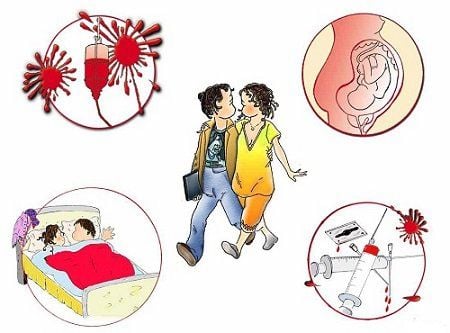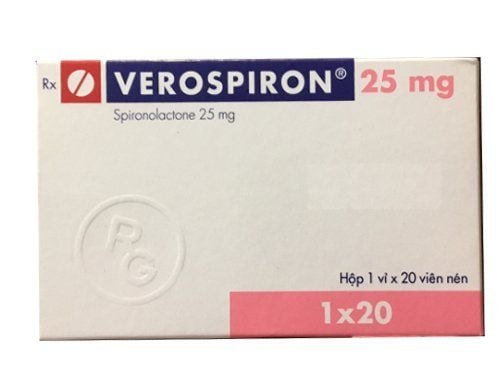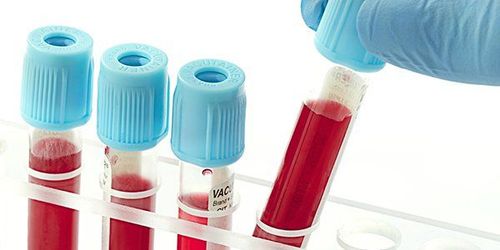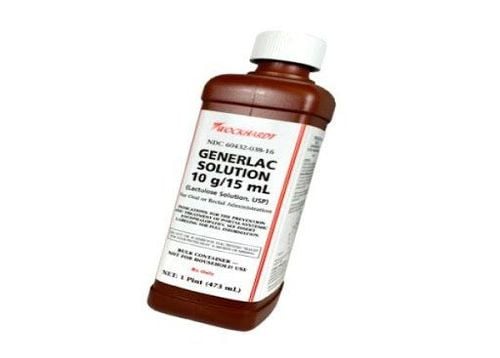This is an automatically translated article.
The article is professionally consulted by Master, Doctor Vu Tan Phuc - Gastroenterologist - Department of Examination & Internal Medicine - Vinmec Phu Quoc International General HospitalThe liver is the second largest organ in the body, helping to metabolize nutrients from food and drink and filter the blood to remove harmful substances from the body. Too much fat in the liver can cause hepatitis, liver damage and scarring. In more severe cases, this scarring can lead to liver failure. Fatty liver includes two types: non-alcoholic fatty liver and alcoholic fatty liver.
1. Non-alcoholic fatty liver disease
Nonalcoholic Fatty Liver Disease has two different types: Simple fatty liver: Occurs when fat is present in the liver but the patient does not have inflammation. liver or liver cell damage. This disease is usually not serious and does not harm the liver. Most people with nonalcoholic fatty liver disease have fatty liver disease alone. Nonalcoholic steatohepatitis: This disease is much more serious than fatty liver when the person already has hepatitis. The inflammation and liver cell damage that occurs with nonalcoholic steatohepatitis can cause more serious problems such as fibrosis and cirrhosis, leading to scarring in the liver and liver cancer. About 20% of people with nonalcoholic fatty liver disease have nonalcoholic steatohepatitis.2. Alcoholic fatty liver disease
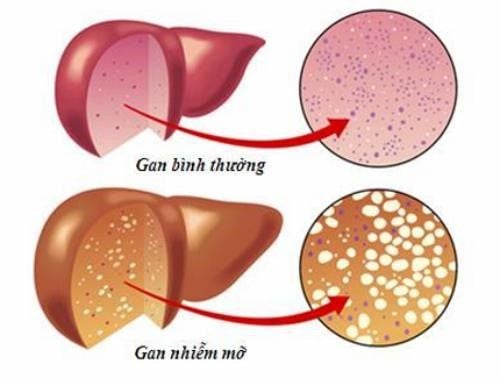
Enlarged liver. This condition causes pain or discomfort in the upper right side of the abdomen. Alcoholic hepatitis leads to swelling of the liver, possibly fever, nausea, vomiting, abdominal pain, and yellowing of the skin and eyes. Alcoholic cirrhosis is caused by the accumulation of scar tissue in the liver leading to fluid accumulation in the abdomen also known as cirrhosis ascites, portal hypertension, easy internal bleeding, confusion, changes in behavior, Splenomegaly and eventually liver failure, which can lead to death. First, the disease will progress from alcoholic fatty liver disease, then if you continue to drink alcohol, it will turn to alcoholic hepatitis and over time can progress to alcoholic cirrhosis.
3. Symptoms of fatty liver disease
With nonalcoholic fatty liver disease and alcoholic fatty liver disease there are usually no symptoms, however some people may have signs such as fatigue or pain in the upper right side of the abdomen (where the liver is located). ).If you have nonalcoholic steatohepatitis or cirrhosis, you may have symptoms such as:
Swelling of the abdomen Many blood vessels floating under the skin of the abdomen Larger-than-normal breasts in men Red palms Yellowing of the skin and yellow eyes
4. Causes and risk factors
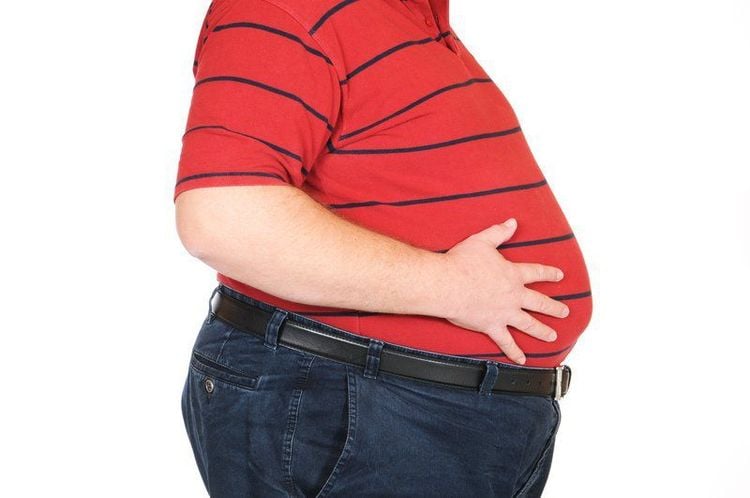
Overweight and obese Being malnourished Have chronic viral hepatitis, especially hepatitis C Have genes that make people more susceptible to fatty liver disease The older you are, the more likely you are to get the disease Factors that increase the likelihood of simple fatty liver disease and non-alcoholic steatohepatitis such as:
Overweight or obese Body does not respond to insulin as it should (called insulin resistance) or has type II diabetes Has high levels of triglycerides or bad cholesterol (LDL), or low levels of good cholesterol (HDL) Has polycystic ovary syndrome cysts Getting older Sleep apnea underactive thyroid aka hypothyroidism underactive pituitary gland aka hypopituitarism Malnutrition Losing weight too quickly in a short time Exposure to certain toxins Metabolic syndrome (English name is metabolic syndrome) is a collection of symptoms that make a person susceptible to disease. type II diabetes and heart disease. This syndrome is diagnosed when a person has at least three of the following symptoms:
Larger-than-normal waist circumference High triglycerides or LDL cholesterol Low HDL cholesterol High blood pressure High blood sugar
5. Treatment of fatty liver disease
There is currently no approved treatment for nonalcoholic fatty liver disease and these drugs are still in clinical trials.Usually the first treatment is weight loss to help reduce fat, inflammation and scarring in the liver. Patients only need to lose from 3% to 5% of body weight, they can cut a lot of fat in the liver.
Weight loss surgery is also an option if the patient is too fat and has tried many weight loss measures but has not worked. In addition, the patient also needs to quit drinking, this is the only way to help the liver avoid further damage.
If you already have complications from alcoholic fatty liver disease such as cirrhosis or liver failure, then you may need a liver transplant.
Self-care for fatty liver disease by exercising more. Try to be active for at least 30 minutes a day most days of the week. If you're trying to lose weight, you may find it effective with more exercise. But if you don't exercise regularly, see your doctor first and start slowly.
6. Prevention of fatty liver disease

Drink alcohol in moderation: One drink per day for women and men over 65 and up to 2 drinks per day for men under 65. Protect the body from hepatitis C. Caution should be taken when drinking alcohol together with medications being treated for the disease, especially not drinking alcohol while taking acetaminophen, because it increases the risk of liver damage. . For non-alcoholic fatty liver disease:
Choose a plant-based diet with lots of fruits, vegetables, whole grains and healthy fats. Maintain a healthy weight and lose weight if needed. Weight should be maintained by following a healthy diet and exercising. Exercise most days of the week. Currently, Vinmec International General Hospital is implementing packages of screening and early detection of liver cancer suitable for many subjects at risk of different diseases, including the package of liver cancer screening - detecting liver cancer. cancer early when there are no symptoms. When registering for the package of screening and early detection of liver cancer, customers will receive:
Examination and consultation with an oncologist through an oncology appointment. Peripheral blood cell analysis. Assess liver function through tests such as measuring ALT activity (GPT), measuring AST activity (GOT), measuring GGT activity (Gama Glutamyl Transferase), measuring total bilirubin. Screening for hepatitis B and C virus infection through rapid HBsAg test and automatic immunological HCV Ab test. Screening for liver cancer through the quantitative test of AFP (Alpha Fetoproteine). Screening for liver tumors by abdominal ultrasound (general). Screening for liver cancer helps to detect early stages of liver cancer so that appropriate and timely treatment measures can be taken.
If you have unusual symptoms, you should be examined and consulted with a specialist.
Please dial HOTLINE for more information or register for an appointment HERE. Download MyVinmec app to make appointments faster and to manage your bookings easily.
Articles refer to the source: Webmd.com






